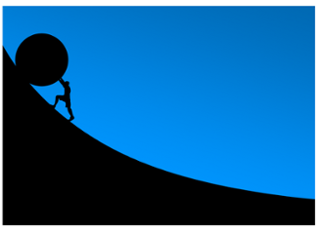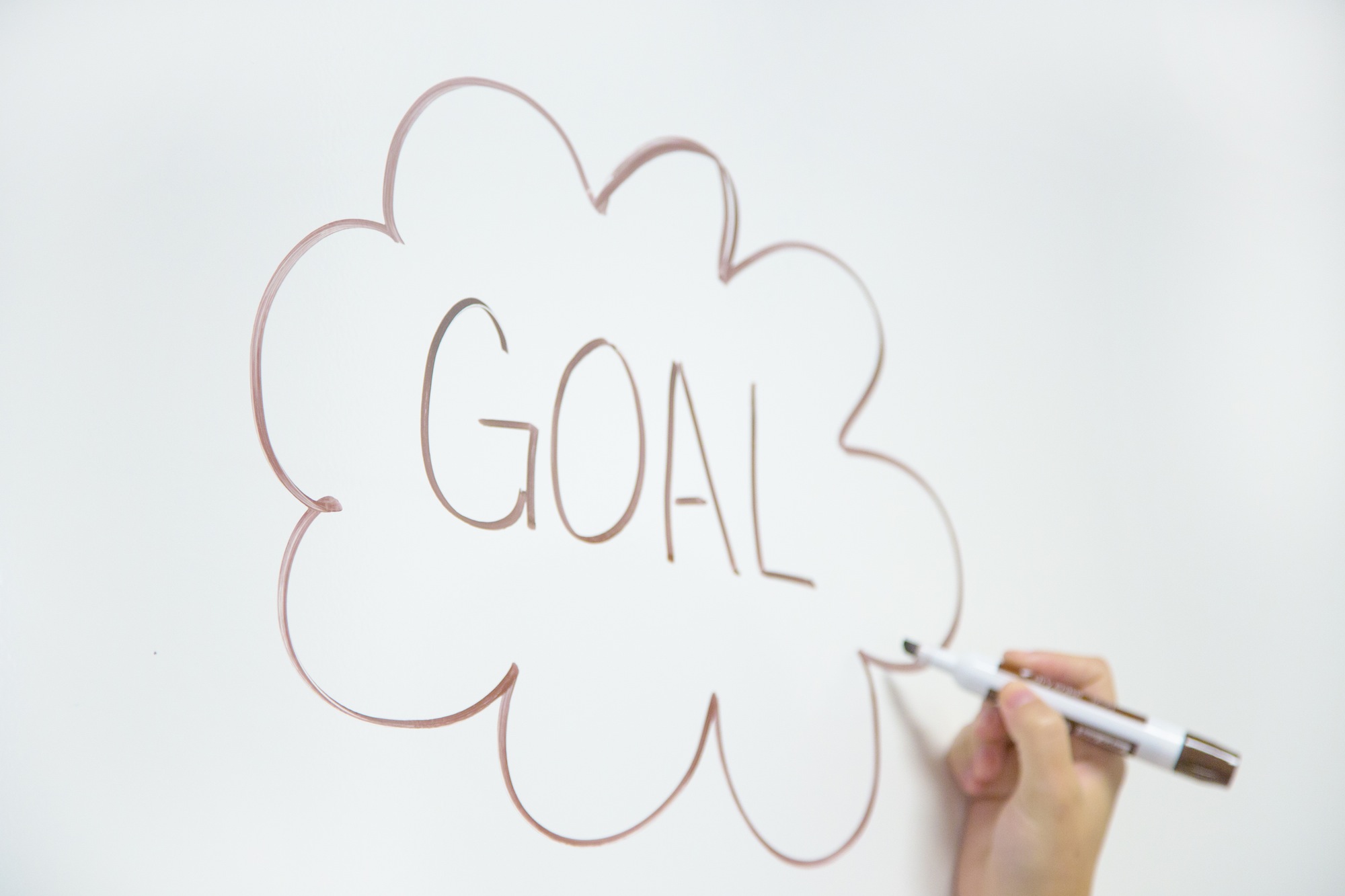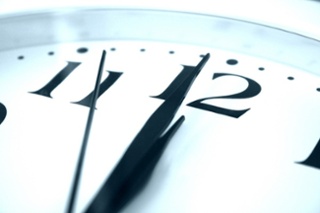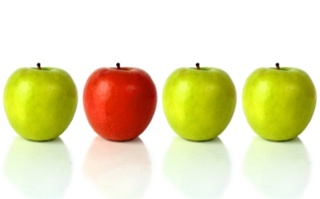6 Tips That Will Take Your Email Marketing to New Heights
07/25/2017
While
Not surprisingly, the responses were all over the place. However, none of the responses could answer the real questions being asked: “How often should we be sending emails to customers? And what type of content should we be sending?”

Unfortunately, these seemingly simple questions have no one-size-fits-all answer. The good news is that if you’re sending emails to customers at ALL, you’re on the right track. The really good news is that with some help from our partners at Premier Cellar we’ve assembled some best practice guidelines for your email marketing arsenal.
Email might not be the newest marketing communication channel, but it is arguably the most important one. In fact, 72% of consumers say that email marketing is the number one way they’d prefer to receive promotions from businesses. Moreover, email marketing has the highest ROI and conversion rates compared to other forms of marketing.
Why email over other channels?
Consumers trust their “inbox” because they can manage communication with brands without having to exert large amounts of effort. When a piece of information - that has been invited - offers something of value, more people pay attention.
The key point here: Adding value.
“How often should you email customers? More. As long as what you are sending adds value to their experience,” says Corben Ketelsen, Director of Client Trainings & Technical Support at Premier Cellar.
“How often should you email customers? More. As long as what you are sending adds value to their experience.”
Simply communicating for the sake of reminding customers that you exist is risky. Additionally, sending every offering to everyone on your email list is a no-no. Reaching out to specific customers with real-time offers they asked to receive… now that’s boss. When tested against each other, segmented campaigns perform markedly better than their non-segmented counterparts, including open rates, click-through rates, and bounce rates.
So, now that we know we should add value and target our communication… the question becomes: How?
1) Start with your goals

Do you want to increase sales of a particular wine by 25%? Get 10% more visitors to the tasting room? Tell people about a change at the winery? Determine what information or offers you want to communicate, as well as the response you’re hoping to get from recipients. Not only will these help you plan your marketing calendar and future offers, but it will guide you in creating the right calls-to-action.
2) Find out what people expect
When you collect a person’s email (and you should always be collecting!), be sure to ask them what type of communication they’d like to receive and how often they’d like to receive it. Have some categories made up that they can choose from, as well as asking them about communication you might not yet have offered. You might be surprised by their answers!



Send campaigns full of beautiful images, thorough product descriptions, recommendations, and unique insights into your brand or products. If you have a blog, set up an RSS campaign to make it easy for folks to follow along. Or, build a series of marketing automation emails to welcome new customers to your list or introduce new subscribers to your brand. Finally, go the extra mile by sending food pairings or storage instructions after a customer purchases a particular wine. Better yet, recommend other products that your customers might like.
3) Plan Ahead

There are some marketers who swear you should only send emails on certain days and at certain times of day. While the day or time may seem extremely important, what’s more important is that your recipients are eager to receive your emails and that you entice them to take action.
The one caveat to this is that people are more likely to read email via mobile device on weekends, so if you do send on a weekend, make sure your messages are mobile responsive (p.s. vinSUITE CRM is automatically responsive - phew!).
The best advice? Experiment. Look at your response rates for certain types of emails at certain times and see if there are any patterns… and don’t be afraid to switch things up!
Additionally, take advantatage of vinSUITE's or other marketing automation tools to help you plan ahead and avoid stressing to come up with content at the last minute or halting your day at inopportune times in order to send an email.
The one caveat to this is that people are more likely to read email via mobile device on weekends, so if you do send on a weekend, make sure your messages are mobile responsive (p.s. vinSUITE CRM is automatically responsive - phew!).
The best advice? Experiment. Look at your response rates for certain types of emails at certain times and see if there are any patterns… and don’t be afraid to switch things up!
Additionally, take advantatage of vinSUITE's or other marketing automation tools to help you plan ahead and avoid stressing to come up with content at the last minute or halting your day at inopportune times in order to send an email.
4) Use Data

In addition to finding out what types of offers your customers want, take a look at your sales and visitor data to determine which people are right for certain campaigns. Also, keeping track of how you gained contact information is important. Was it at the tasting room? Charity event? Were they part of a corporate retreat? Knowing where your contacts come from not only helps you determine the right offerings for them, but can help make your communication more personal and genuine.
5) Make It Easy for Them to Take Action
Learn More
Don’t just announce that you’re selling something they will like, make it easy for them to click through to your site and purchase the wine, event ticket, etc. using links and CTA buttons. Remember, incentives don’t have to be discounts! A simple invitation to "learn more" or "get some now" can go a long way.
Don’t just announce that you’re selling something they will like, make it easy for them to click through to your site and purchase the wine, event ticket, etc. using links and CTA buttons. Remember, incentives don’t have to be discounts! A simple invitation to "learn more" or "get some now" can go a long way.
6) Make Every Email Special

Send campaigns full of beautiful images, thorough product descriptions, recommendations, and unique insights into your brand or products. If you have a blog, set up an RSS campaign to make it easy for folks to follow along. Or, build a series of marketing automation emails to welcome new customers to your list or introduce new subscribers to your brand. Finally, go the extra mile by sending food pairings or storage instructions after a customer purchases a particular wine. Better yet, recommend other products that your customers might like.
Post By:
VinSuite


